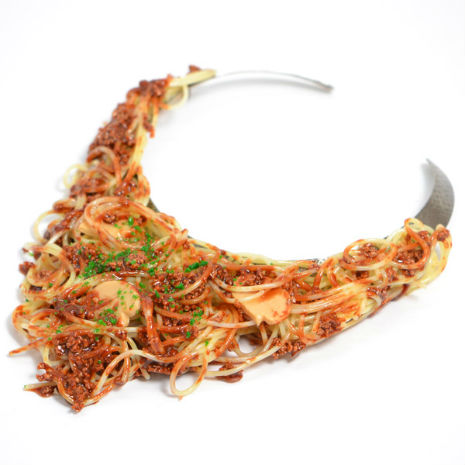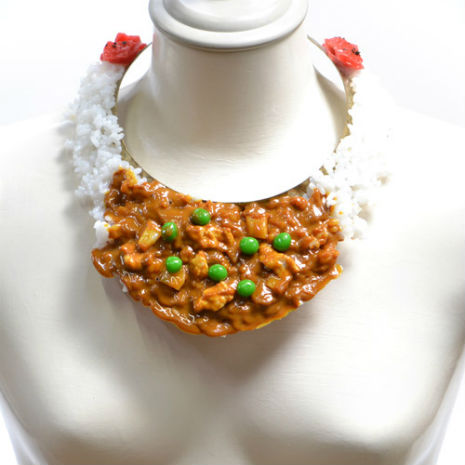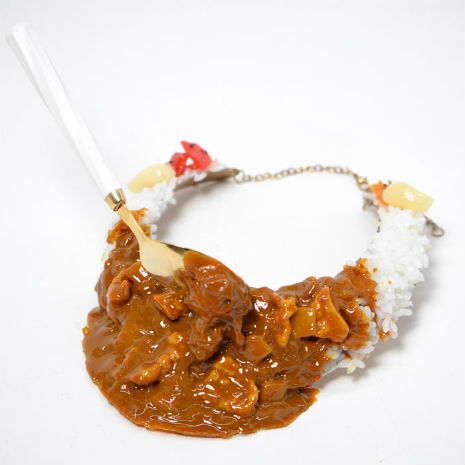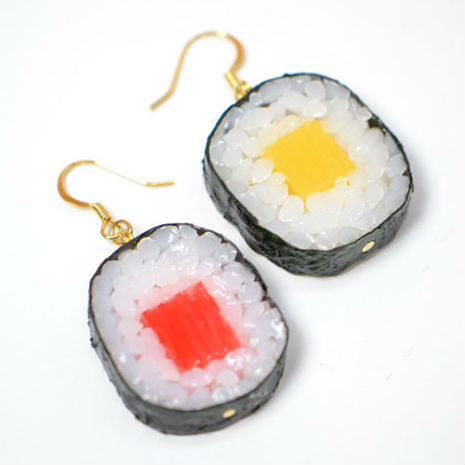
Kids today—amiright?
I mean, there’s no denying that millennials (those alien creatures born between 1980 and 1995) represent an entirely unique breed of person, never-before-seen and bearing absolutely no likeness to any generation before them. For example, millennials tend to wear clothing like blue jeans and t-shirts, while older humans wear naught but sack cloth and regalia made from the fur, feathers and bones of slaughtered animals. Millennial-types are very “connected”—through texting and social media—while their predecessors only communicated via flag semaphore, carrier pigeons, smoke signals, or interpretive dance. In order to convey happiness or good will, millennials often engage in what is known as a smile, but for anyone born in 1979 or earlier, baring one’s teeth is a sign of aggression or dominance, and likely to proceed a battle to the death for land rights or a contested mate.
As the newly elected National Spokeswoman for the Bureau of Millennial Affairs (I’d like to thank the voters, my brilliant and dedicated campaign team, and last—but not least—my darling wife Barbara), nothing frustrates me more than seeing millennials just lumped in with our ancient barbarian forefathers—not even our disproportionately high unemployment, debilitating debt, or inheritance of a dying planet! I am heartened however, to see the United States Potato Board giving millennials the specialized attention we deserve with incisive, atomizing consumer research. This press release “Understanding Millennials—How do Potatoes Fit into Their Lives?” was posted last year, and I think it behooves us all to touch on some of the highlights if we’re to understand the millennial mind.
The United States Potato Board (USPB) is committed to designing and conducting consumer research that enables the industry to identify opportunities and make informed decisions to increase demand for potatoes. In order to identify new opportunities and promote a proactive and forward-looking approach, the USPB is taking a closer look at a younger audience. The up-and-coming generation (18–30-year-olds), just now forming new households and starting families of their own, is big! In fact, the Millennial generation is about 80 million people, about the same size as the Baby Boomer generation. To stay relevant and increase demand for potatoes, it will be critical to understand Millennials and how potatoes fit into their lives—now and in the future.
With this in mind, the USPB is conducting research to…
Better understand the Millennial audience, especially attitudes and behaviors related to potatoes
Explore opportunities to increase potato consumption among Millennials
Identify sub-segment(s) within the Millennial audience with the greatest potential for growth in potato consumption
Sub-segments! Very important! Like urban LGBTQ millennials working in graphic design or video game production? What about pet-owning millennials who don’t have a Facebook, but who sometimes check Twitter, enjoy chocolate and finding the essence from within? What about millennials who unironically eat at Applebee’s? We are legion, and we contain multitudes.
Moving on to the three-phase research project:
Phase 1: Secondary research and database mining
Data on the Millennial audience from past USPB consumer research
Online databases for information on Millennial attitudes and eating habits
Articles and syndicated studies relating to Millennials
Phase 2: Consumer segmentation (quantitative)
Online survey among Millennials to identify and size different consumer groups within the Millennial audience based on food and lifestyle attitudes and behavior
Part 3: Segment deep-dive (qualitative)
In-home interviews and focus groups with select segments of Millennials
I hereby volunteer to be a participant in a millennial potato focus group, provided my compensation is paid entirely in potatoes. Yukon Gold, preferably, since all discerning millennials prioritize the critical balance between tradition and starch content. But what do we already know about millennial potato consumption?
Findings to date:
As a generation, Millennials are highly food-involved. Along with being food-involved comes an interest in and affinity for cooking. For many Millennials, cooking isn’t a job or responsibility, but rather a passion, as is going out to eat. They’re looking for more from their meals—not just something to fill them up, but something to experience.
However, Millennials are also a highly budget-minded generation. Good value for the money is the most important attribute when choosing food for a meal at home or in a restaurant.
That is soooooo dead on—“highly food-involved” is like, my middle name! Like the majority of my fellow millennials, I eat food like, every single day. I’m a total food-aholic, but the habit can get a little expensive if you get into specialty items like “fruit” or “vegetables.”
When it comes to potatoes, though, Millennials are not significantly different from the rest of the population. Potatoes are primarily consumed for dinner at home as the main component of a side dish. Mashed, baked and French fries are the top three potato preparations. When preparing potatoes at home, 73 percent are using fresh, and of those, 51 percent are using russet. According to previous USPB studies, this is right in line with what older generations are doing.
Attitudes about potatoes among Millennials are very positive. Eighty-nine percent rate potatoes “excellent” or “good” for being a good value, and 88 percent rate potatoes “excellent” or “good” for being something everyone would enjoy. In fact, potatoes rate highest on what’s most important to Millennials.
I’m sorry—“not significantly different from the rest of the population?” Excuse me?!? Are you suggesting that millennials are somehow… pedestrian, or (god forbid), conventional in their/our/MY tastes and habits? I’m grossly offended, but the United States Potato Board pulls a fast save by giving us some fun new identities, so I tentatively forgive them.
Avoiders prefer routines and packages. They want meals to be fast, quick, easy and convenient. Therefore, avoiders often eat frozen or boxed foods, and if they must cook, refer to their go-to routine of what to make. They skew a little older (late 20s) and Midwest.
Nurturers are similar to the current target (moms). They like to experiment with new recipes and cook for the taste and enjoyment of it, not for nutrition. Nurturers are looking to put something on the table that everyone will enjoy; so flavor, satisfying cravings and ease are all of upmost importance. They also skew to the Midwest.
Entertainers are foodies at home. They love to experiment with new, creative recipes that use start-from-scratch ingredients and enjoy sharing their cooking with others. Entertainers aspire to be at-home gourmet chefs and find relaxation through cooking. In addition, they are also health aware and nutrition conscious.
Explorers are foodies outside of home. They want adventurous foods that are new and exciting. Explorers are health involved and watch their diets and weight; however, they are more concerned with convenience than nutrition. Explorers are likely to be male, single and living in the Northeast.
Health Seekers base all food choices on health and nutrition. They watch their diets, exercise consistently and choose natural and unprocessed foods. However, they are also looking for meals that are easy to prepare. They are more likely to be living in the West.
Potato People, if I may: while we don’t necessarily resent your farcical attempts at spud-mongering, millennials are well on our way to replacing all food with delicious, nutritious soylent. Potatoes are great for now, but after the Great Millennial Uprising (projections suggest sometime around 2017), you will have outlived your usefulness to us, and you will most likely be sent to Carrousel.
All remaining potato stock will, of course, be converted into artisanal vodka.





























